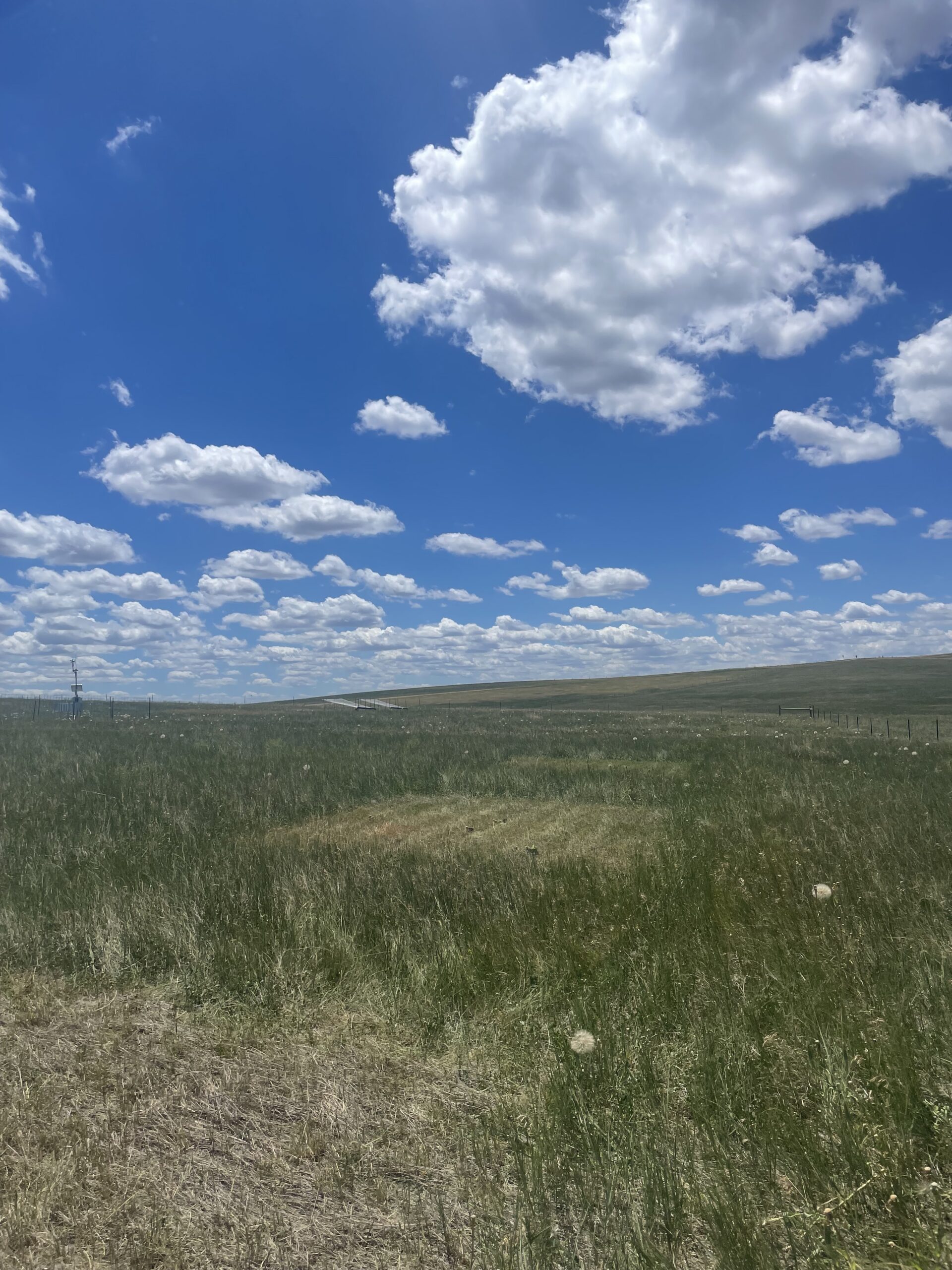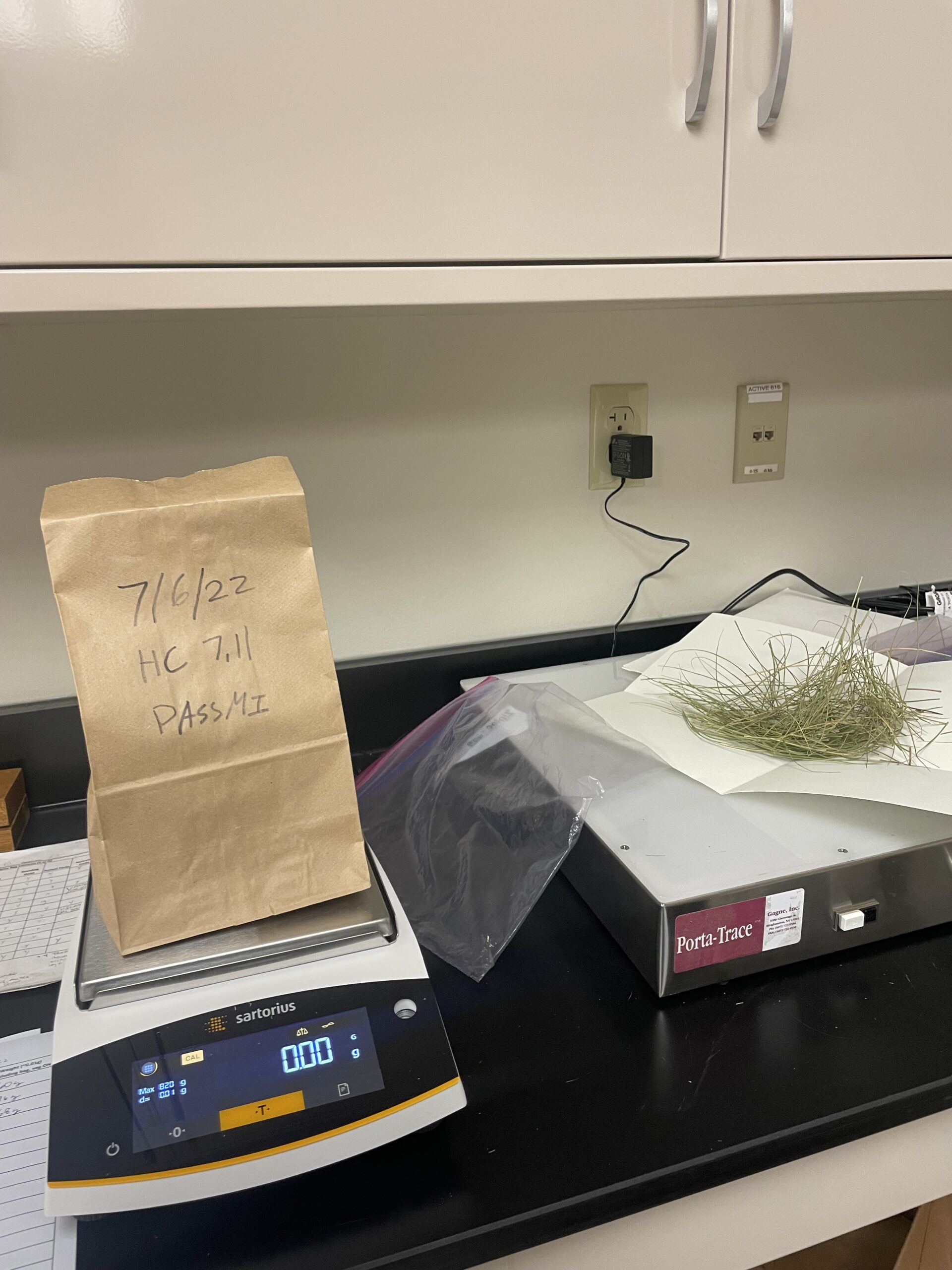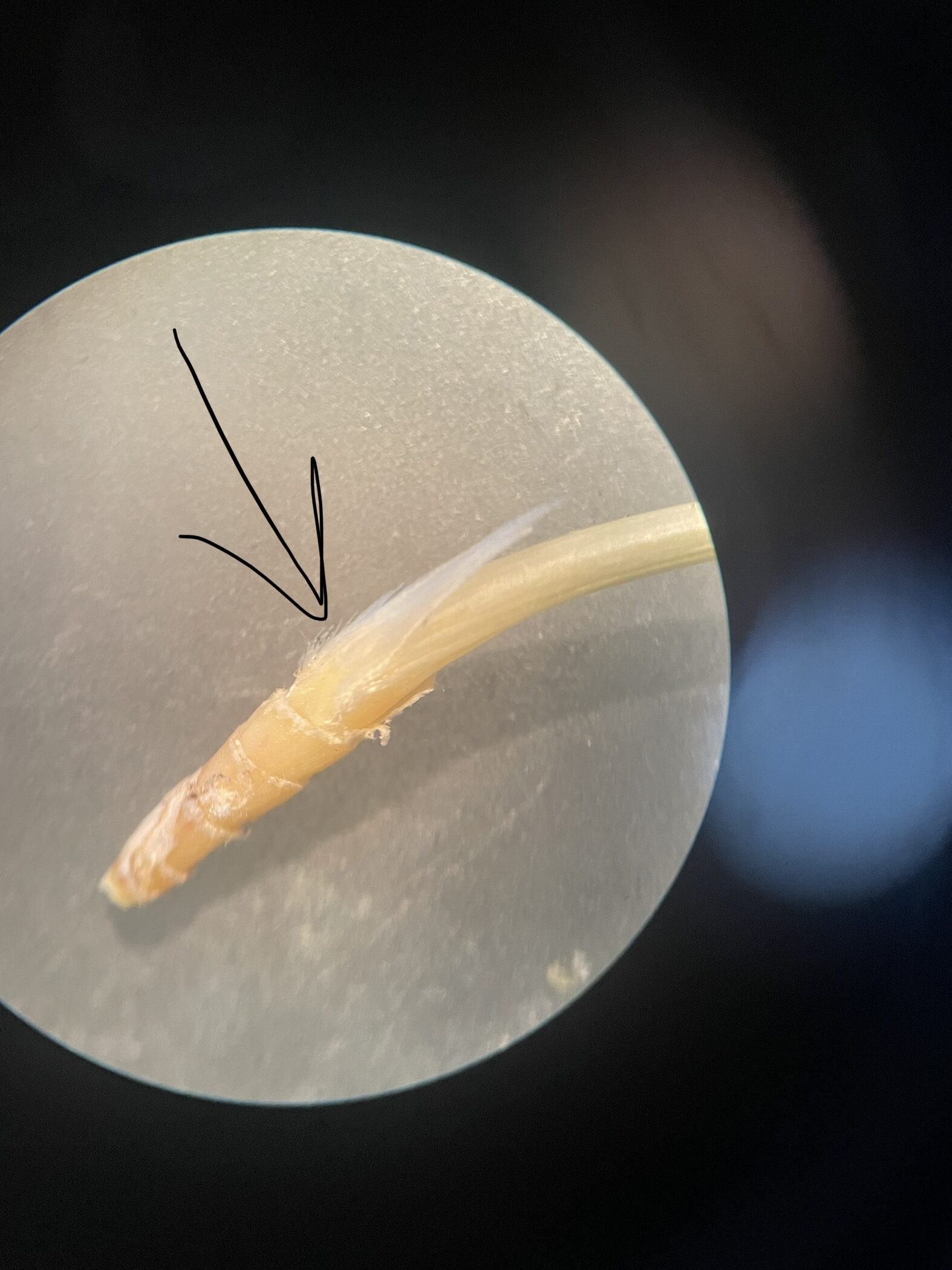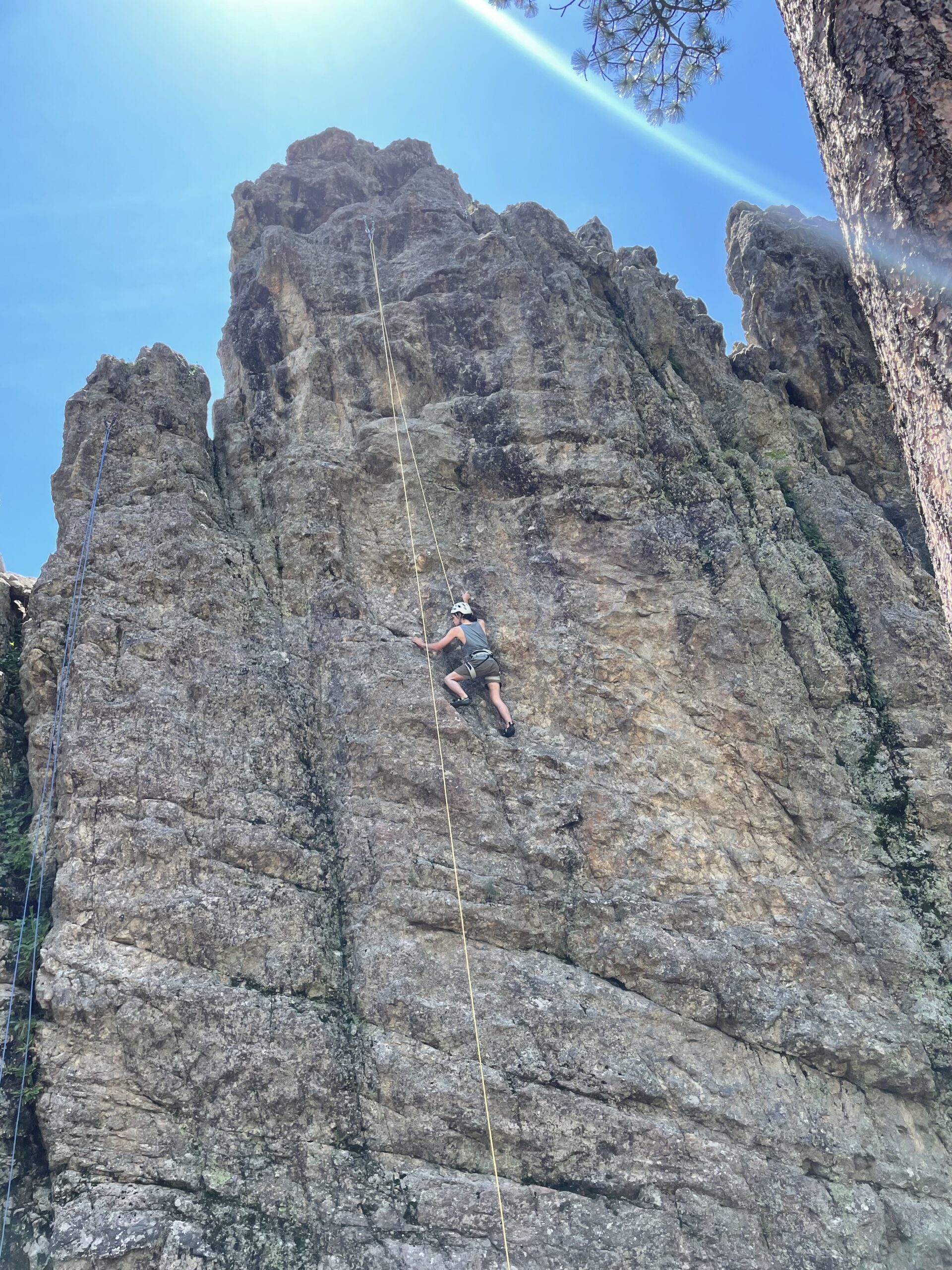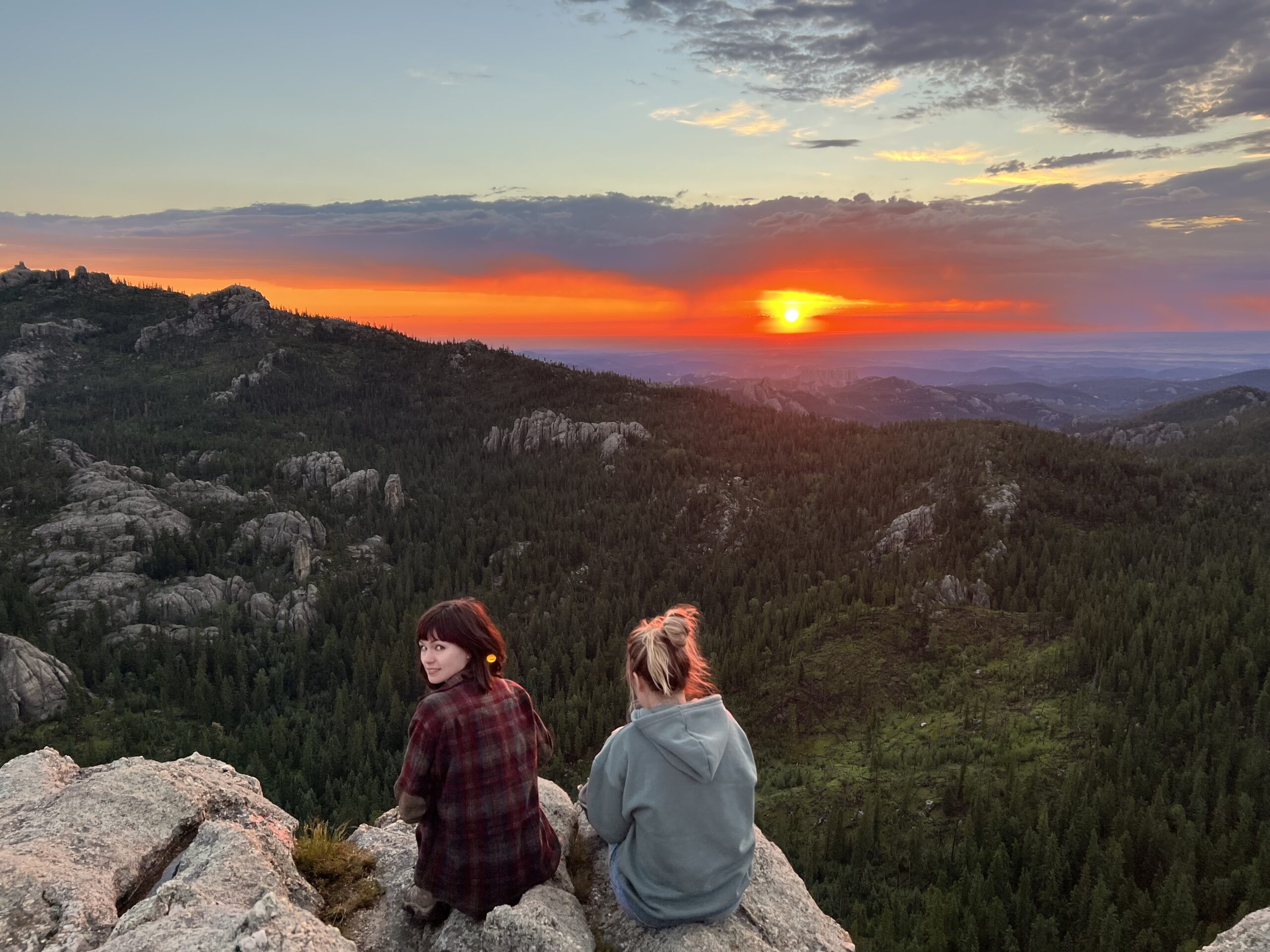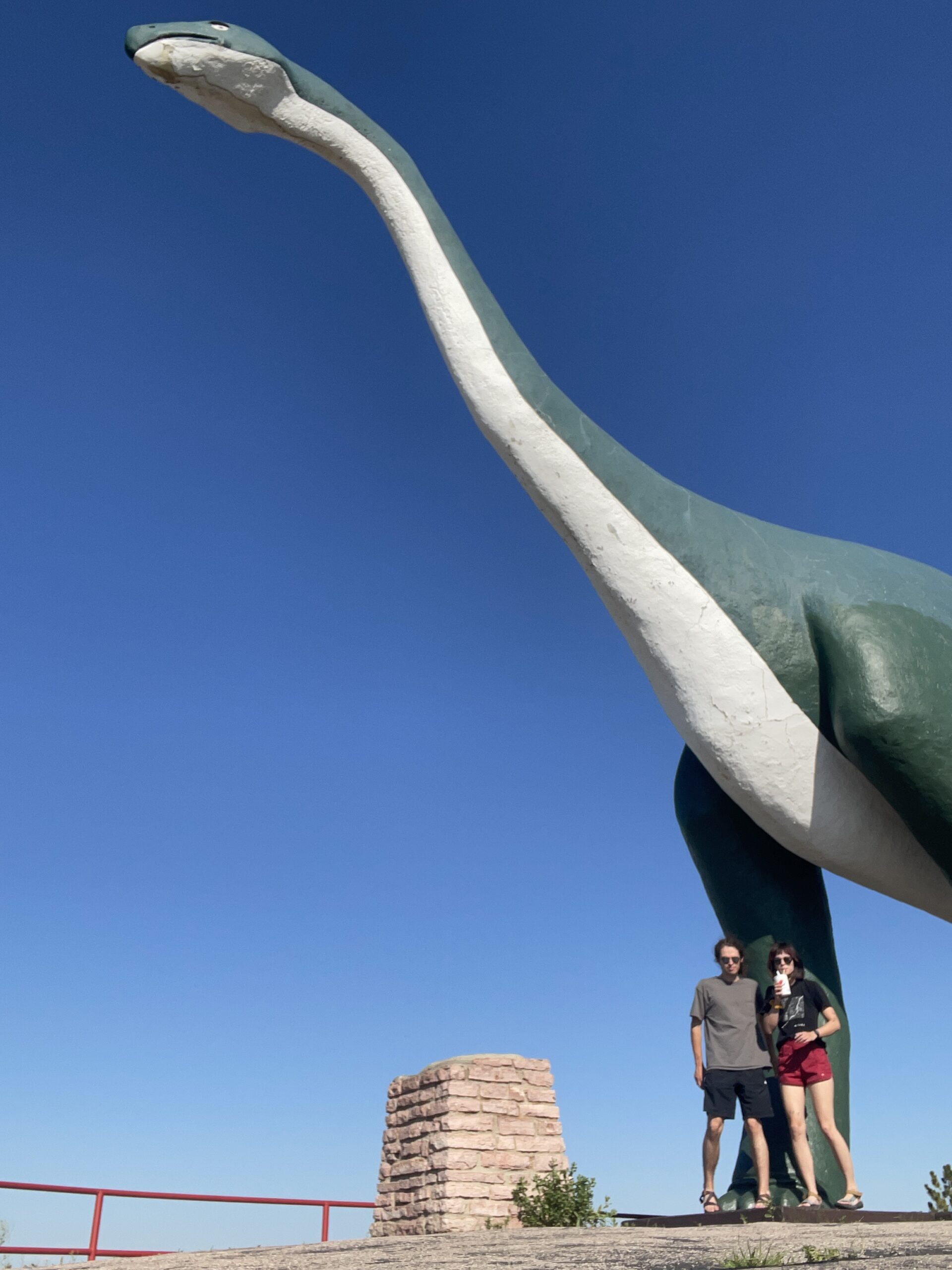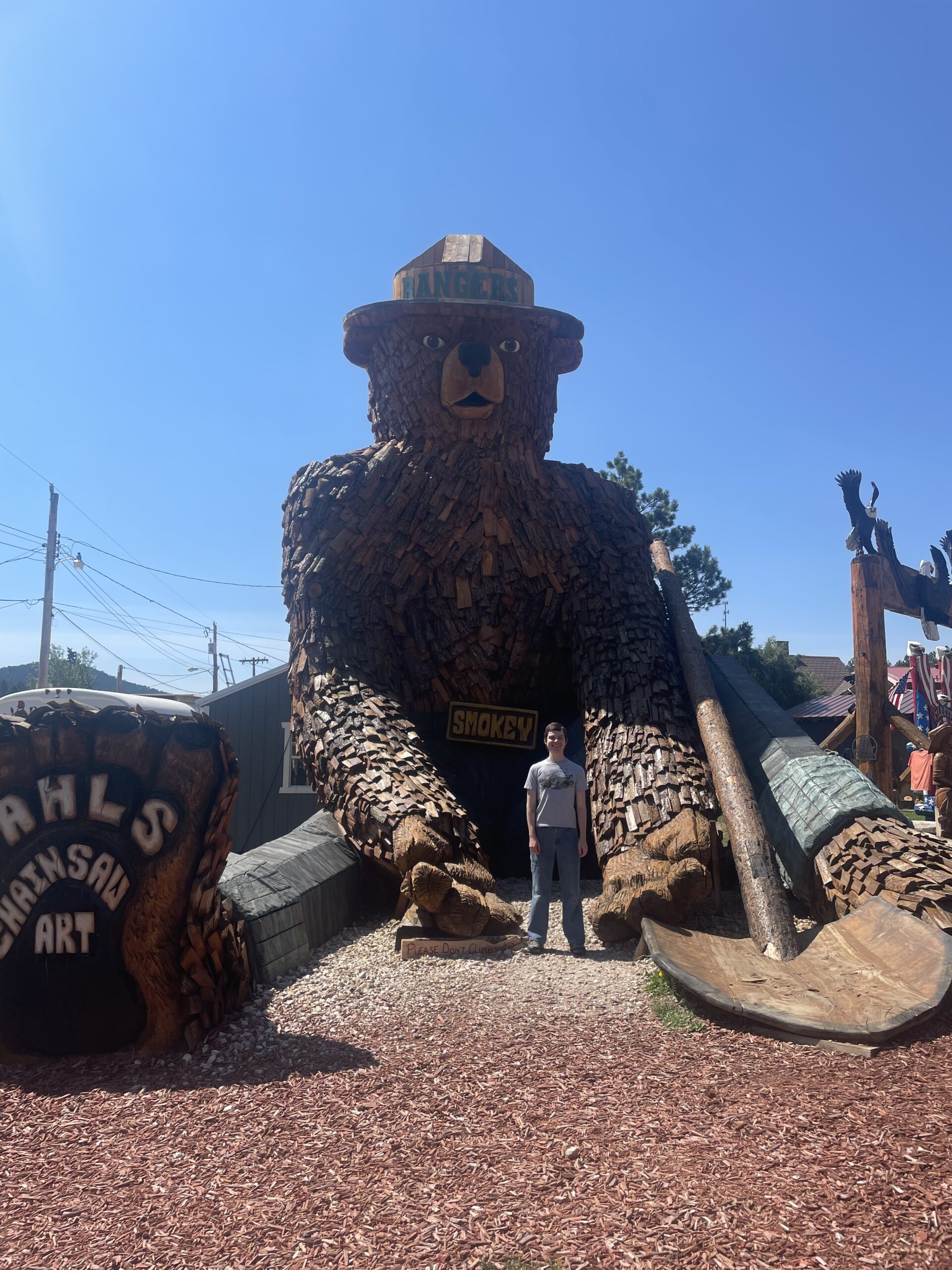The Conservation and Land Management internship with the U.S. Fish and Wildlife Service continues to offer great field experience gathering skills and abilities essential in working in the wildlife ecology and management field. As the fire season starts to kick off here in the basin, the field projects are somewhat dwindling, although the department has not completely moved to a full-time office work schedule quite yet. On the days that smoke decides to roll into the basin and influences the air quality, I have become much more appreciative of the days that we get to spend out in the field, as the number of field days currently seems to be numbered with response to the incoming fire season. This past month or so, the projects we have gotten the chance to do include electrofishing in Bull Trout (Salvelinus confluentus) critical habitat, Yellow Rail (Coturnicops noveboracensis) surveys/banding, Modoc sucker (Catostomus microps) surveys, the attempt to track hatchery tagged fish in Upper Klamath Lake through radio and acoustic telemetry methods via boat, and volunteering to help clean up parts of the Williamson River.
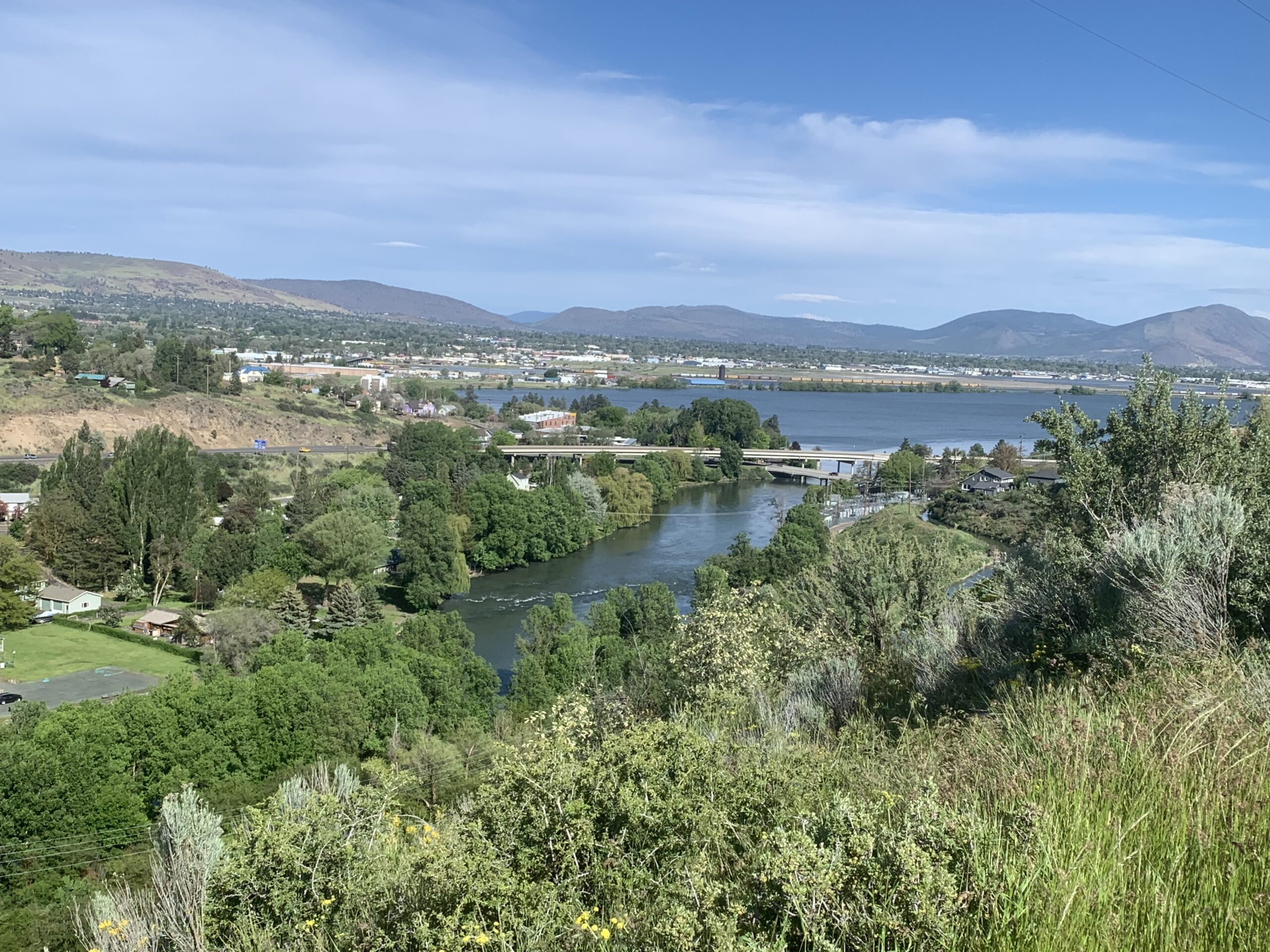

The task of electrofishing in Bull Trout critical habitat is essential to determine the abundance of Bull Trout in the area. Bull Trout are currently listed as a threatened species, meaning the population of the species is dwindling, resulting in the species having a high possibility of becoming endangered in the future throughout all or in a considerable portion of its home range. At the first site that we had electro-fished, along Dixon Creek, no Bull Trout were caught, although 20 Brook Trout (Salvelinus fontinalis) were recorded.
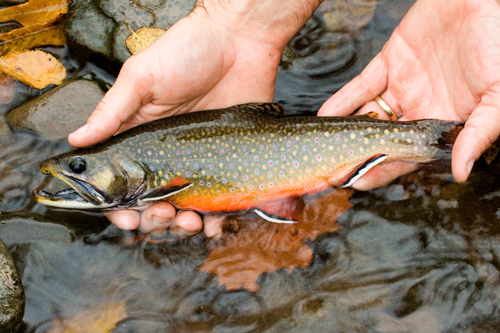
The second site that was electro-fished farther upstream along Dixon Creek consisted of removing any Brown Trout (Salmo trutta) from the creek. Over the course of two days of electro-fishing at the second site, numerous Brown Trout of various sizes were removed from the creek, in addition to one small Bull Trout being caught, which was released immediately back into the creek.

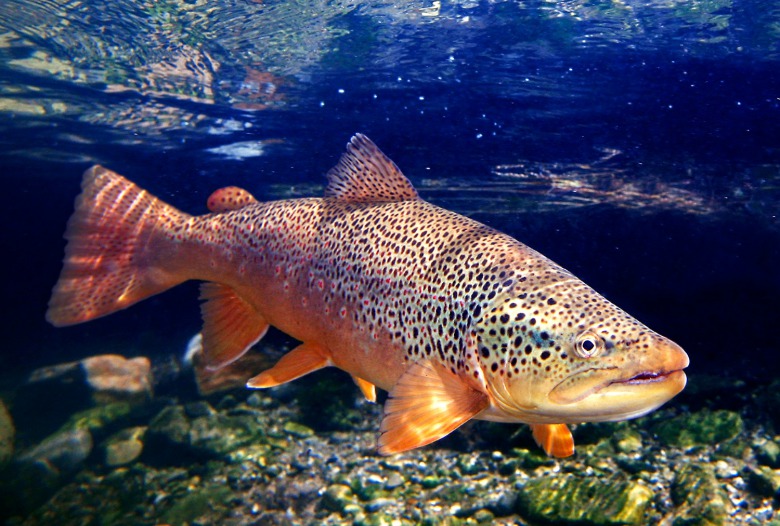
The purpose of removing Brown Trout that inhabit Bull Trout critical habitat is due to Brown Trout being an invasive species. The term “invasive species” refers to a species that is not native to the area it inhabits. The threats of invasive species include competing with native species for resources such as food, water, and habitat, preying on native species, and carrying diseases and parasites that have the chance to spread to native species populations. These threats reduce biodiversity within an ecosystem, ultimately threatening native species populations, making it critical to remove any Brown Trout in areas that are considered Bull Trout critical habitat.
A project we participated in working alongside the Sucker Science Coordinator within the Klamath Falls Fish and Wildlife Office involved doing mussel surveys within sections of the Sprague River.

The western ridged mussel (Gonidea angulata) is a type of freshwater mussel that has seen the range of its distribution decrease, although the species is known to still inhabit California, Oregon, Washington, Idaho, Nevada, and British Colombia.
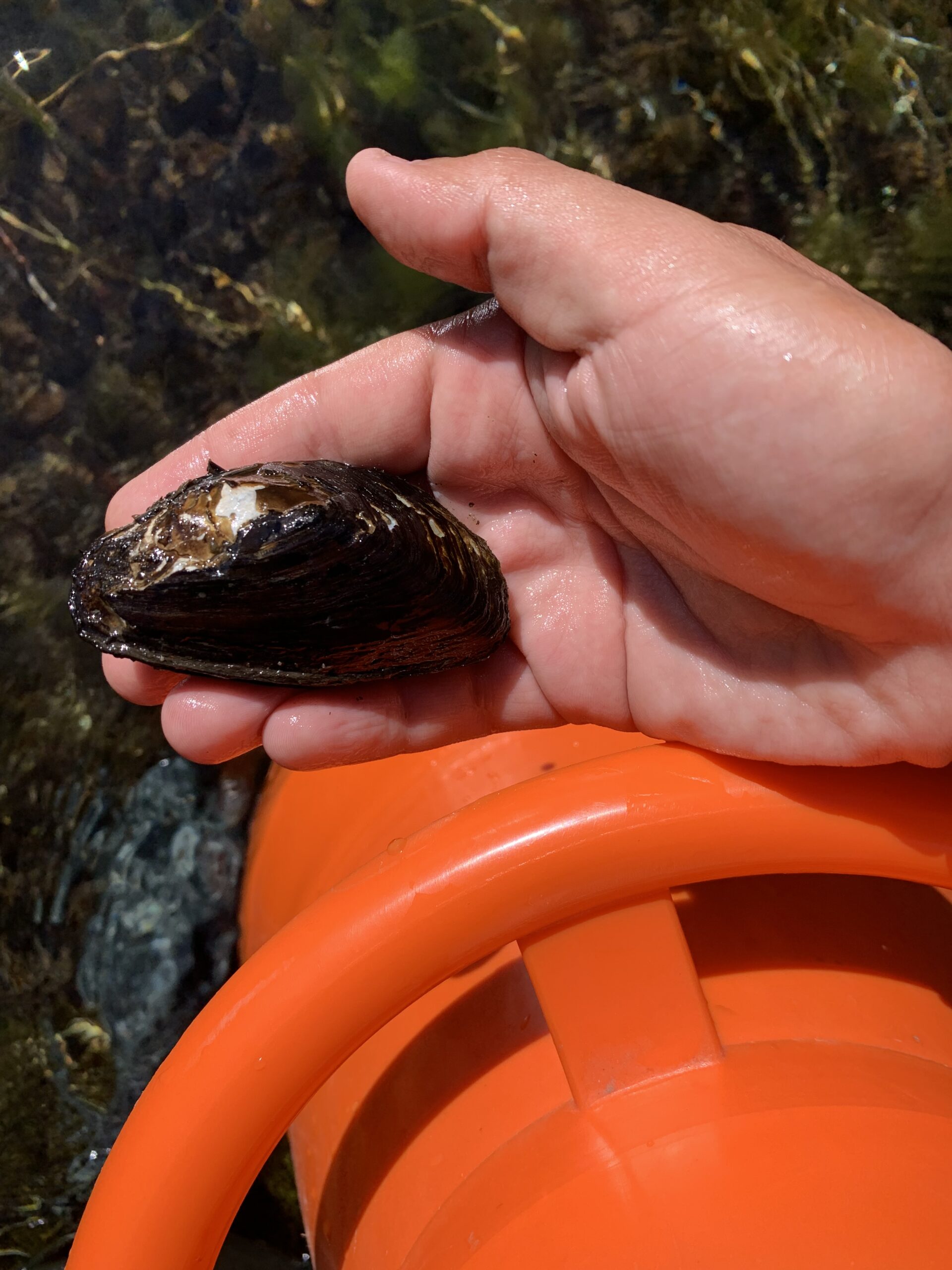
In 2020, the species had been petitioned to be listed as an endangered species. The purpose of the survey was to look for western ridged mussels within sections of the Sprague River using a magnifying glass-like tool that allowed us to see the riverbed while looking from the surface of the water. The areas that were surveyed were once known as sites that contained western ridged mussels years prior. Individuals walked upstream and downstream from a site location to try and locate western ridged mussels in the area using the magnifying glass-like tool surveying different areas of the riverbed.
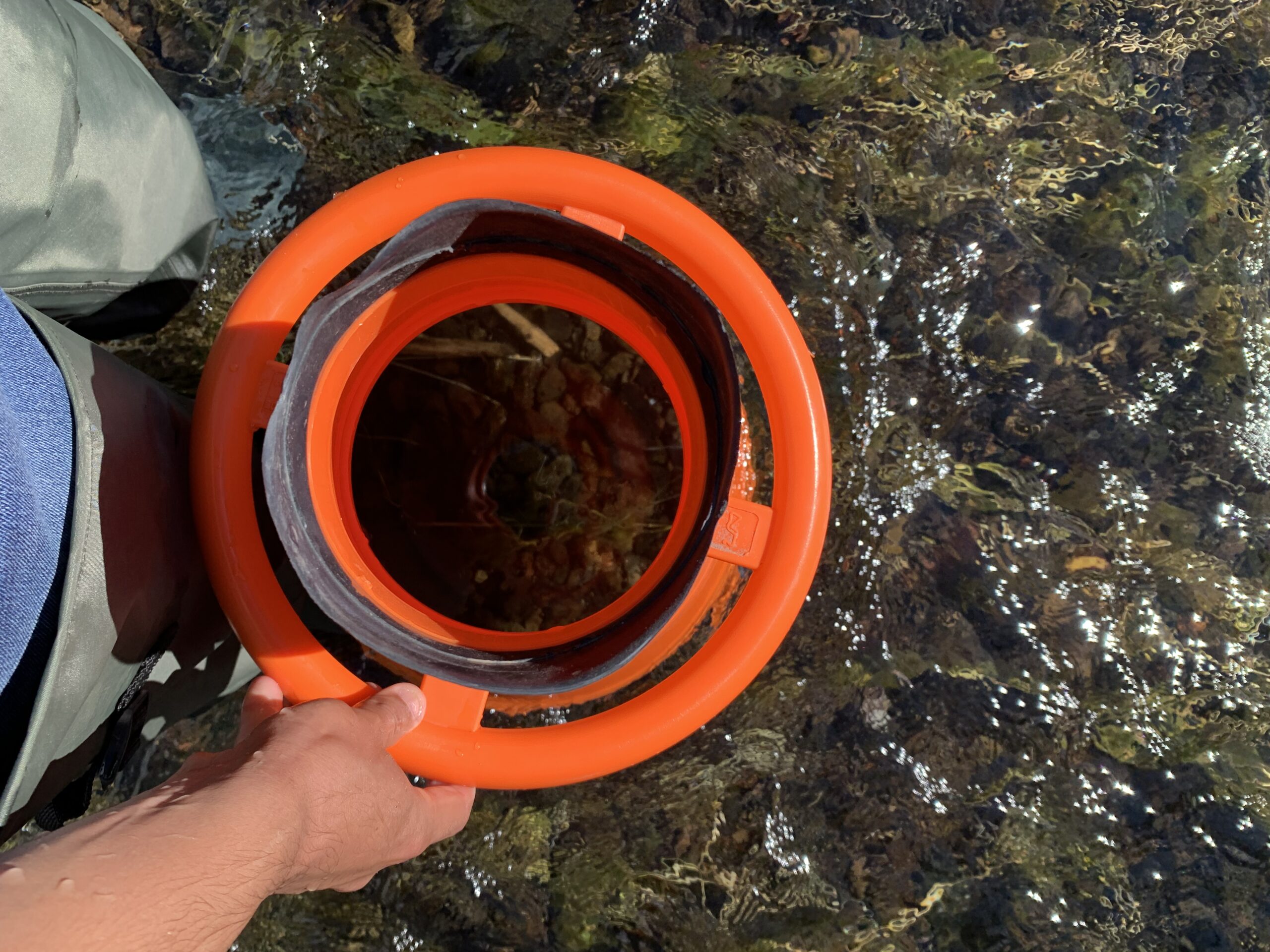

If western ridged mussels were found, the GPS coordinates of the site where a mussel was found were recorded. Additionally, the number of western ridged mussels found per site was recorded as well. Other species of mussels that were found within areas surveyed included Floaters (Genus Anodonta or Sinanodonta) and Western Pearlshell (Margaritifera falcata).


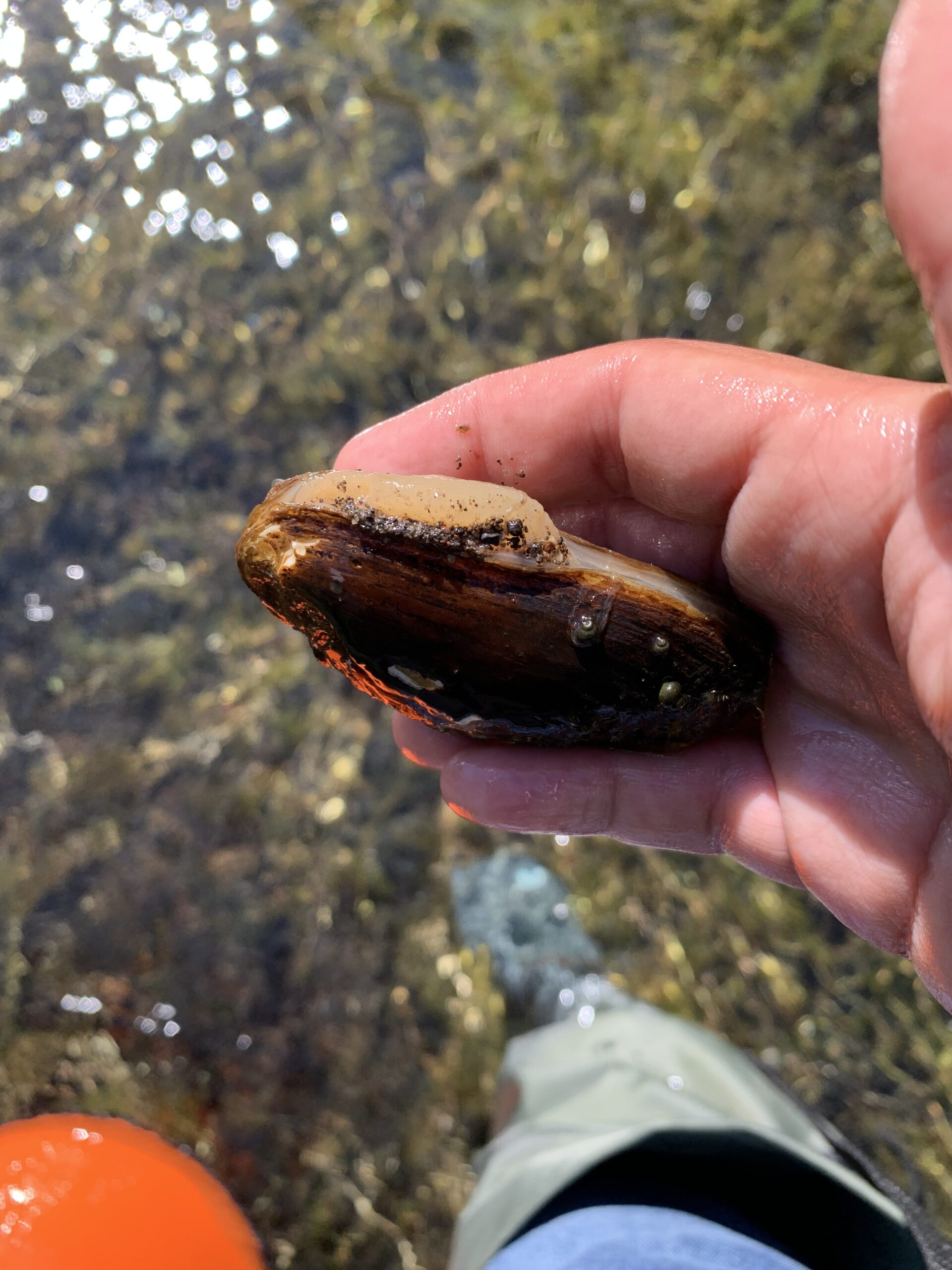

With it being my first experience doing mussel surveys, it definitely took a little bit of practice learning how to differentiate the mussels from one another while using the mussel identification field guide that was provided. It also helped that the Sucker Science Coordinator had us do a practice run of trying to identify mussels at a site prior to doing the surveys and data collection.
One of the projects the other intern and I got to assist with alongside a graduate student and refuge staff at the Klamath Marsh/Upper Klamath National Wildlife Refuge consisted of doing Yellow Rail surveys, in which the surveys took place at night when the birds were active.
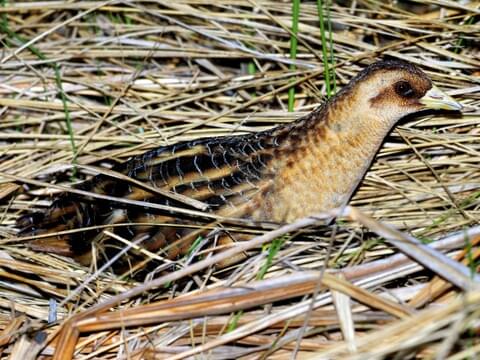
The process consisted of going out in the marsh and playing an acoustic call of a Yellow Rail via a JBL speaker in different areas throughout the marsh to try and get a response from Yellow Rails within proximity of the acoustic call. Receiving a response from Yellow Rails in the area allowed us to pinpoint the general location of the rails. The response call of the rails was a distinctive song, in which the sound was like what tapping two stones together would sound like (i.e., “tick-tick, tick-tick-tick”), in which most of the time, they alternate between sets of two and three notes. If we received a response from a rail nearby, we pinpointed the general direction of the rail call and walked towards the sound of the call until we had estimated that the bird was a couple meters away. Once we got as close to the bird as possible without being right next to it, we stopped and downed some of the dense grass around us to try and call in the bird to capture it with a net. The purpose of getting as close as possible to the bird and then trying to call it in is due to them being an extremely secretive, tiny, chickenlike marsh bird, which poses a risk of them being easily stepped on or walked over unknowingly.
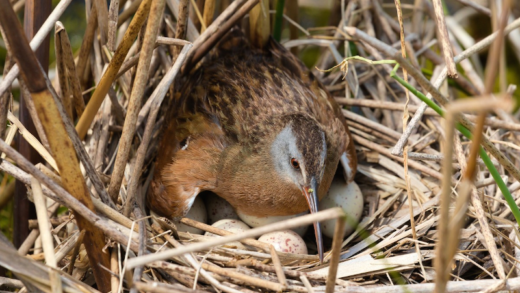
If the bird feels pressured, there is also a potential of flushing the bird and it flying away before getting the chance to net it. We had a few close encounters with some rails, they seemed very close to where we were set up, although we couldn’t call any into our setup to get the chance of netting them. If we had been lucky enough to call in some birds and capture them with a net, some measurements that would’ve been gathered while using a dial caliper include measuring the tarsus length, beak length, wing length from carpal joint to wingtip, and secondary length from carpal joint to the tip of the outermost secondary feather. Overall, I appreciated the opportunity that the refuge staff provided the other intern and I to help out with the rail surveys, it was exciting getting to hear quite a few rails calling throughout the marsh while the surveys were being conducted.
The project that was the most enjoyable that we had the chance to do this past month involved conducting Modoc sucker surveys in Lakeview, Oregon.

It was a 2-week project that consisted of finding pools to survey and recording UTM coordinates for each site during the first week and then camping the following week in order to conduct night surveys looking for Modoc suckers at each site of interest. Modoc suckers were listed as an endangered species in 1985 and were recently removed from the Federal List of Endangered and Threatened Wildlife in 2016 due to populations recovering with the help of the protection provided by the Endangered Species Act while the species was listed as endangered. The surveys we conducted were critical in monitoring the status of the species to ensure the population is staying relatively stable. Roughly 40+ pools were surveyed in wilderness streams, in which flashlights and laser pointers were used to locate the suckers and to try and count the ones found to record into our datasheet.
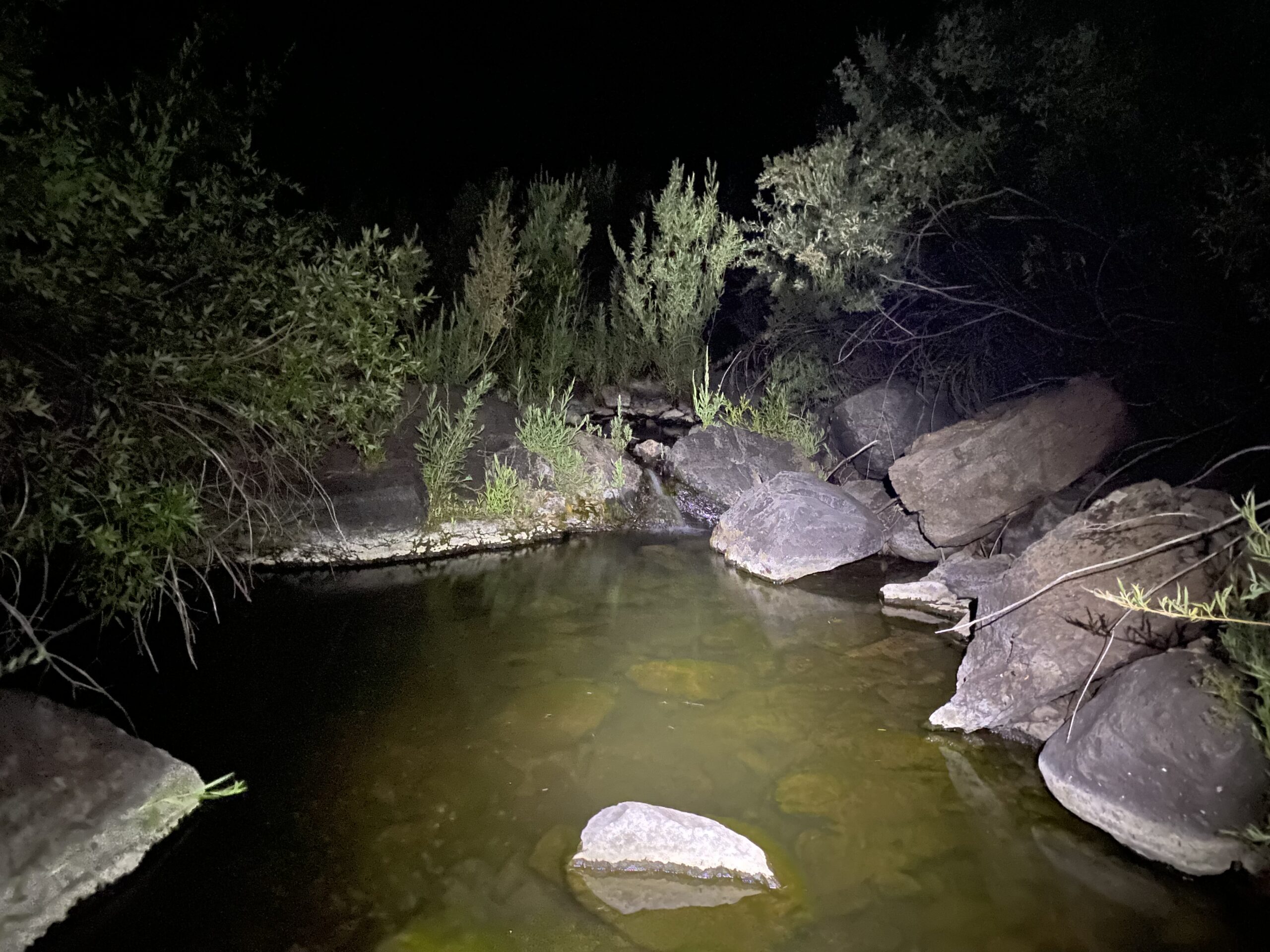
For each sucker that was found, the size of each was estimated (in mm) and recorded into the corresponding size/age group. With Speckled Dace (Rhinichthys osculus) inhabiting the same pools surveyed as the Modoc suckers and looking somewhat similar to Modoc suckers as well, a distinctive characteristic that helped differentiate the Modoc suckers from Speckled Dace was the presence of dark bands on the backside of the suckers. The bands on the larger suckers were much more distinct, making it easier to I.D. the larger suckers.
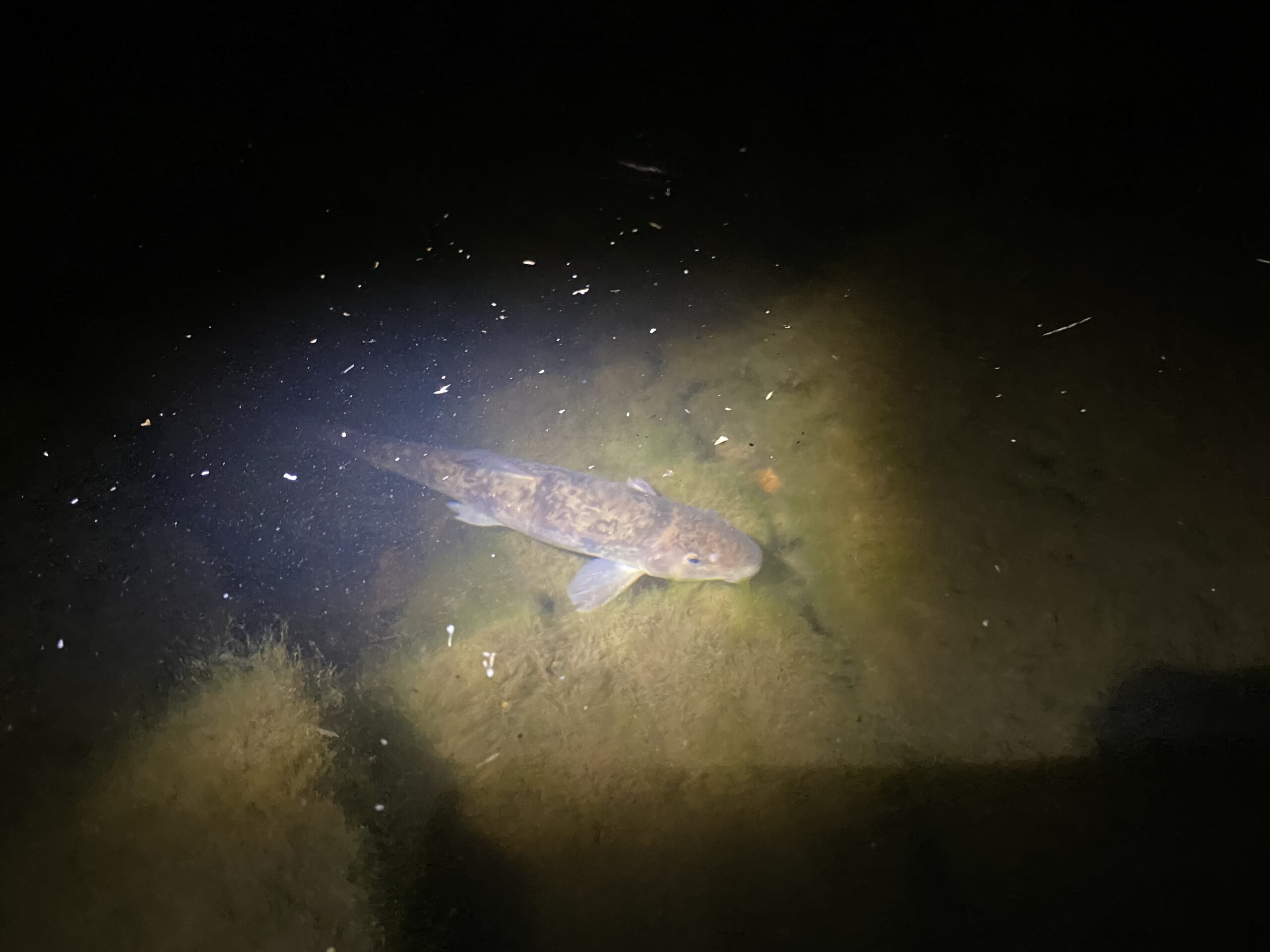
Other organisms that were seen during the surveys consisted of Speckled Dace, tree frogs, Redband Trout (Oncorhynchus mykiss gairdneri), garter snakes, Water Scorpions (Nepidae), and a couple dragonflies emerging from their nymph stage.
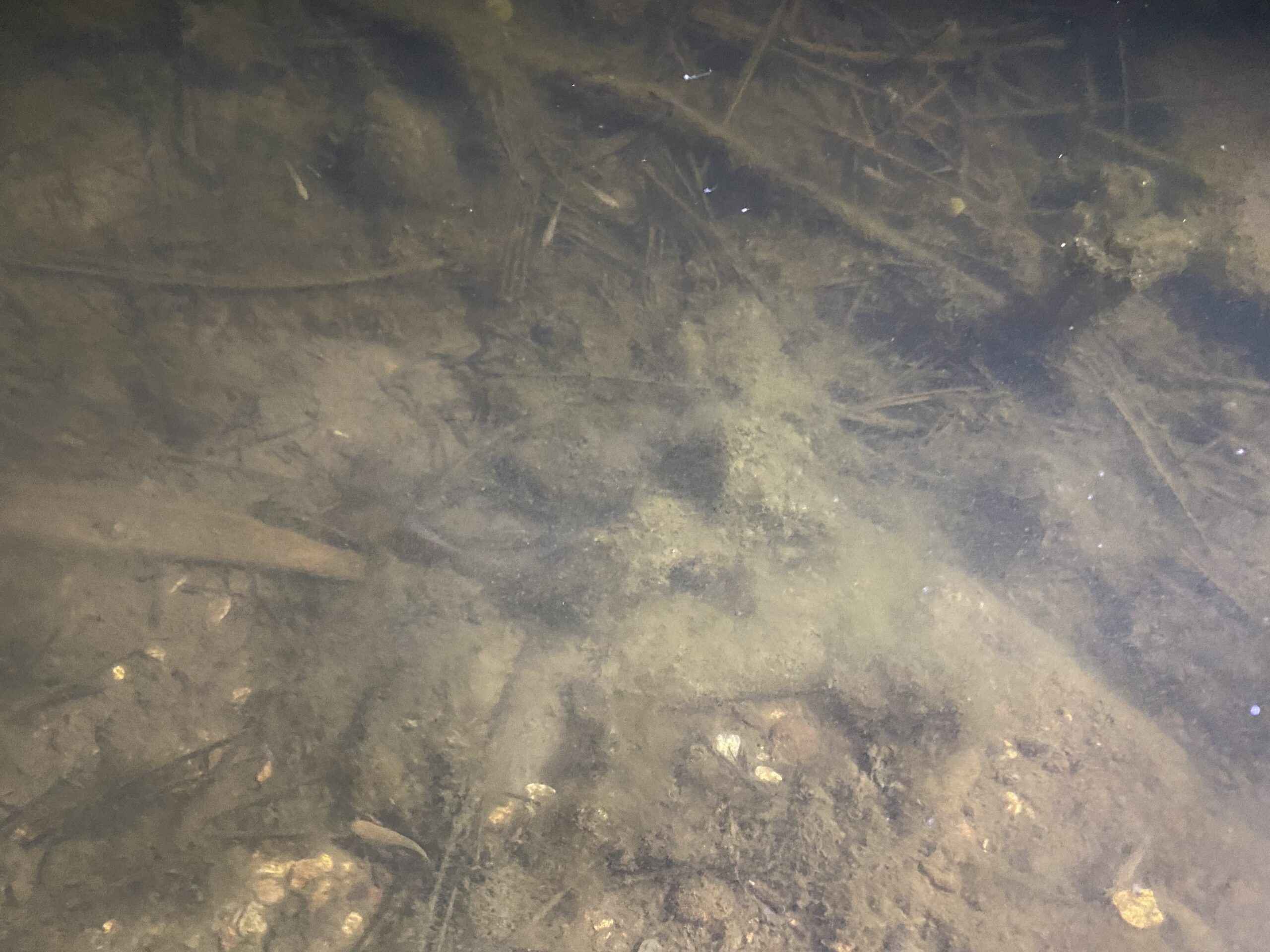
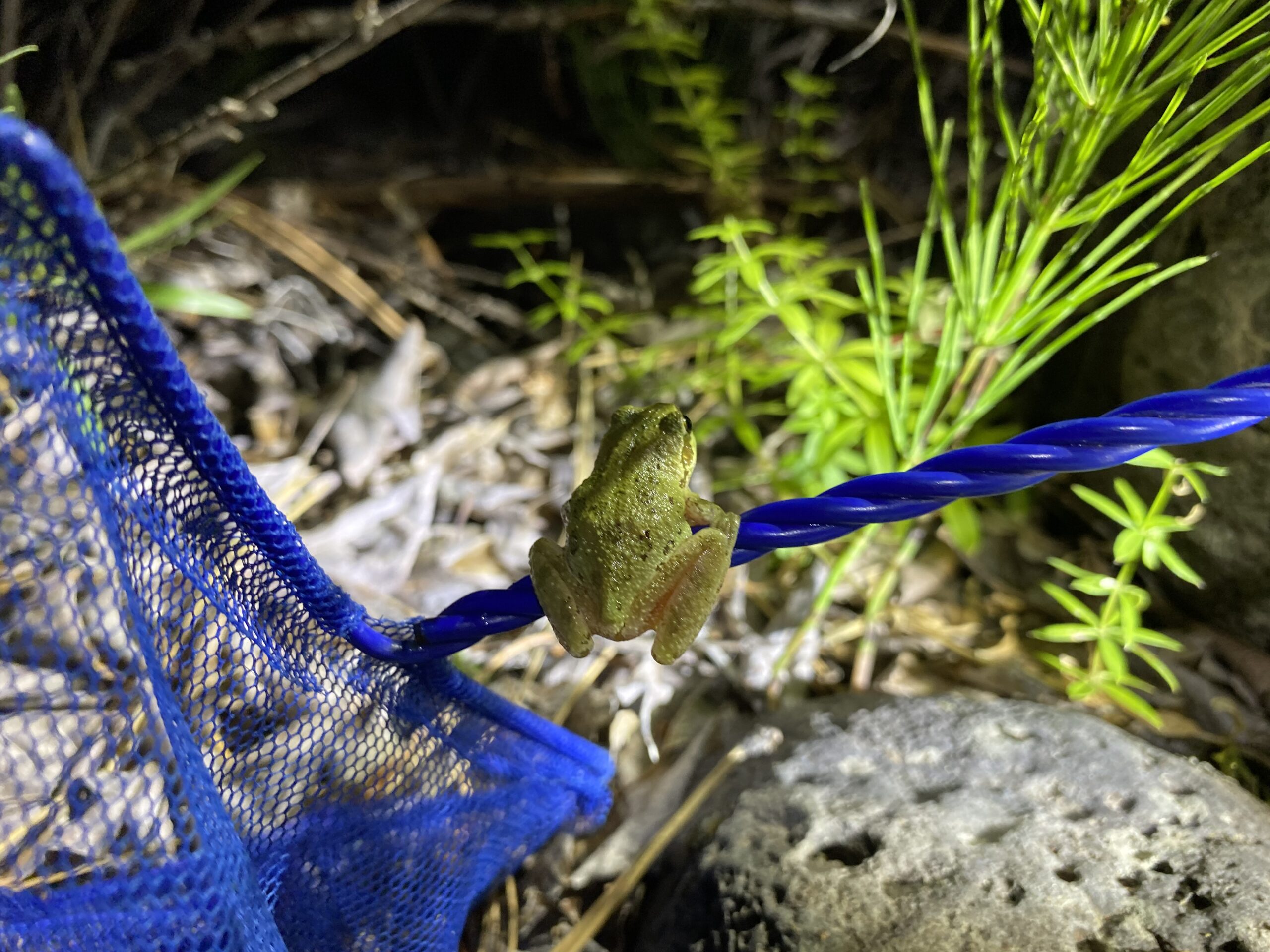
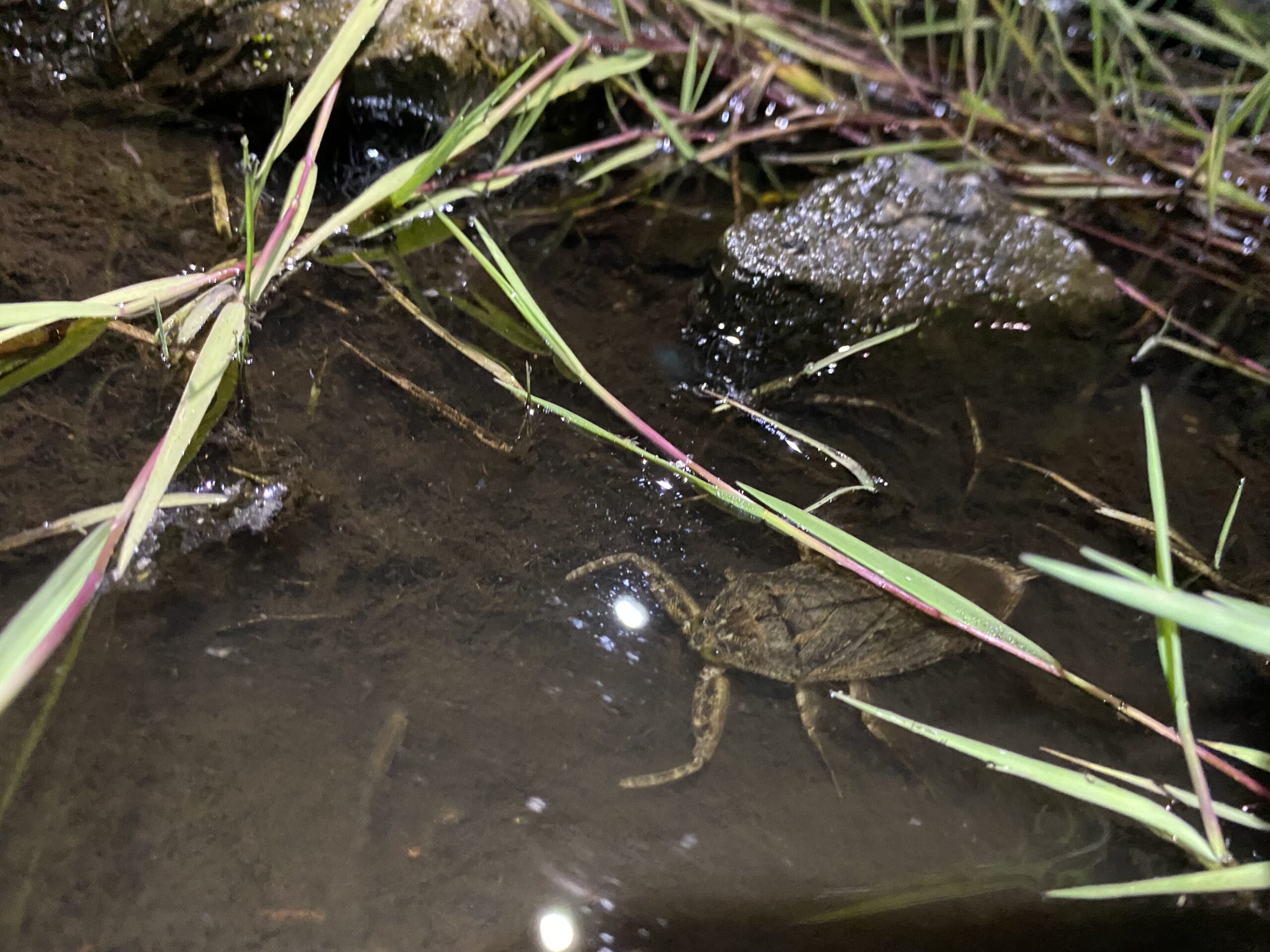
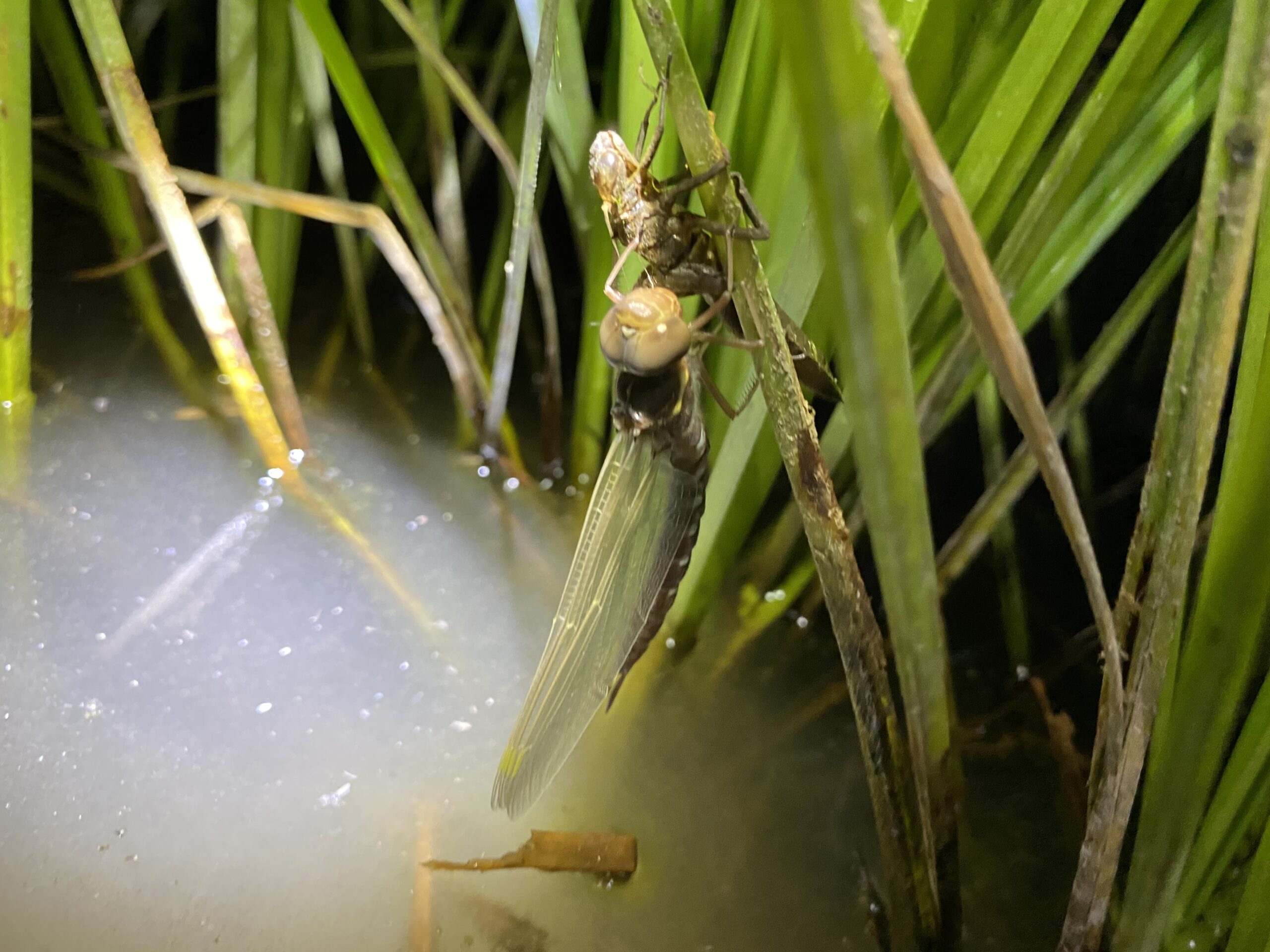
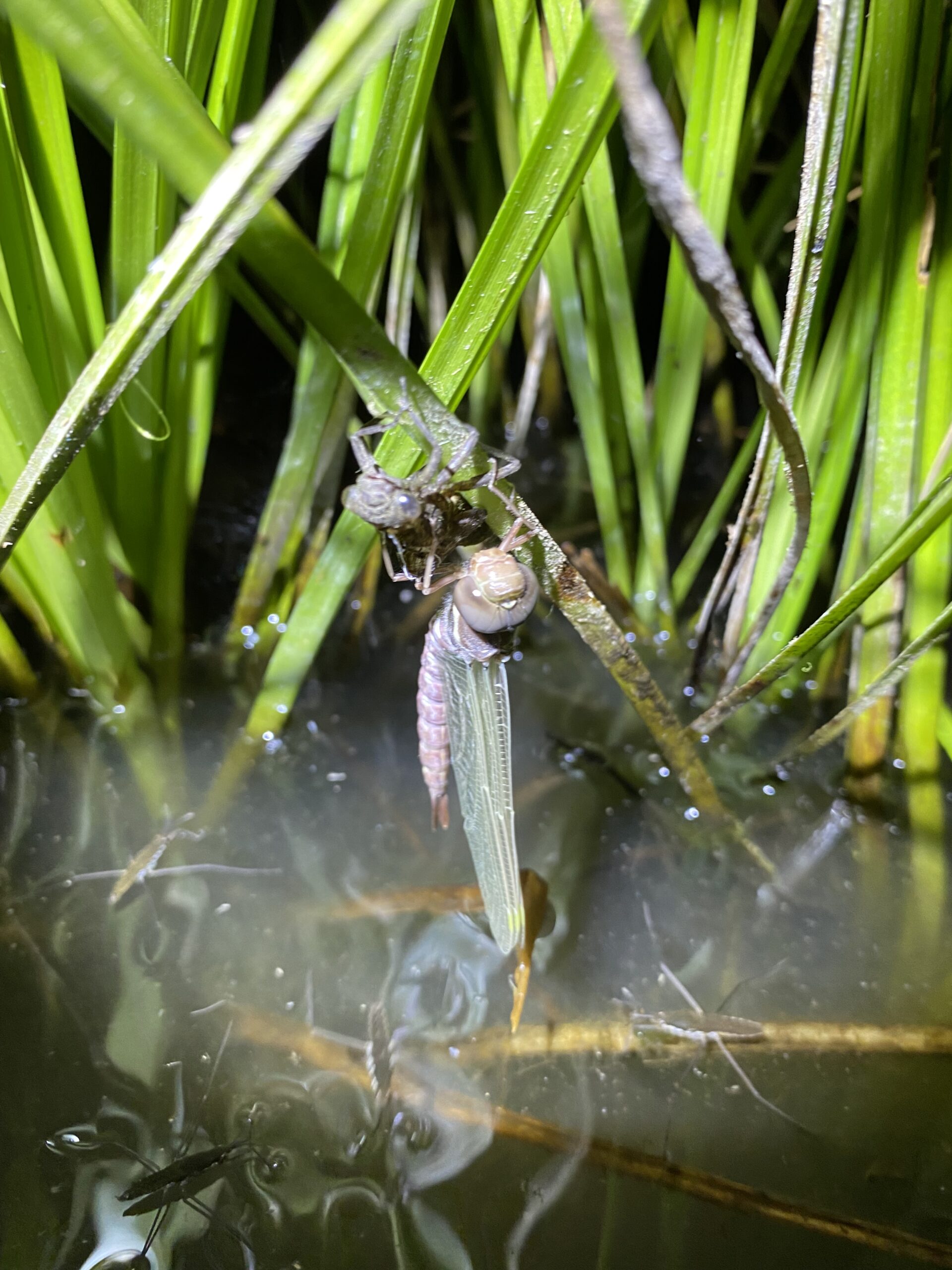
Overall, although some nights were very tiring due to the surveys being conducted from 7 pm – 3 am, being able to camp for a couple days and look for fish at night while stars filled the sky was very enjoyable. It was also very exciting getting the chance to see many different organisms that inhabit the same aquatic ecosystem as the suckers as well.
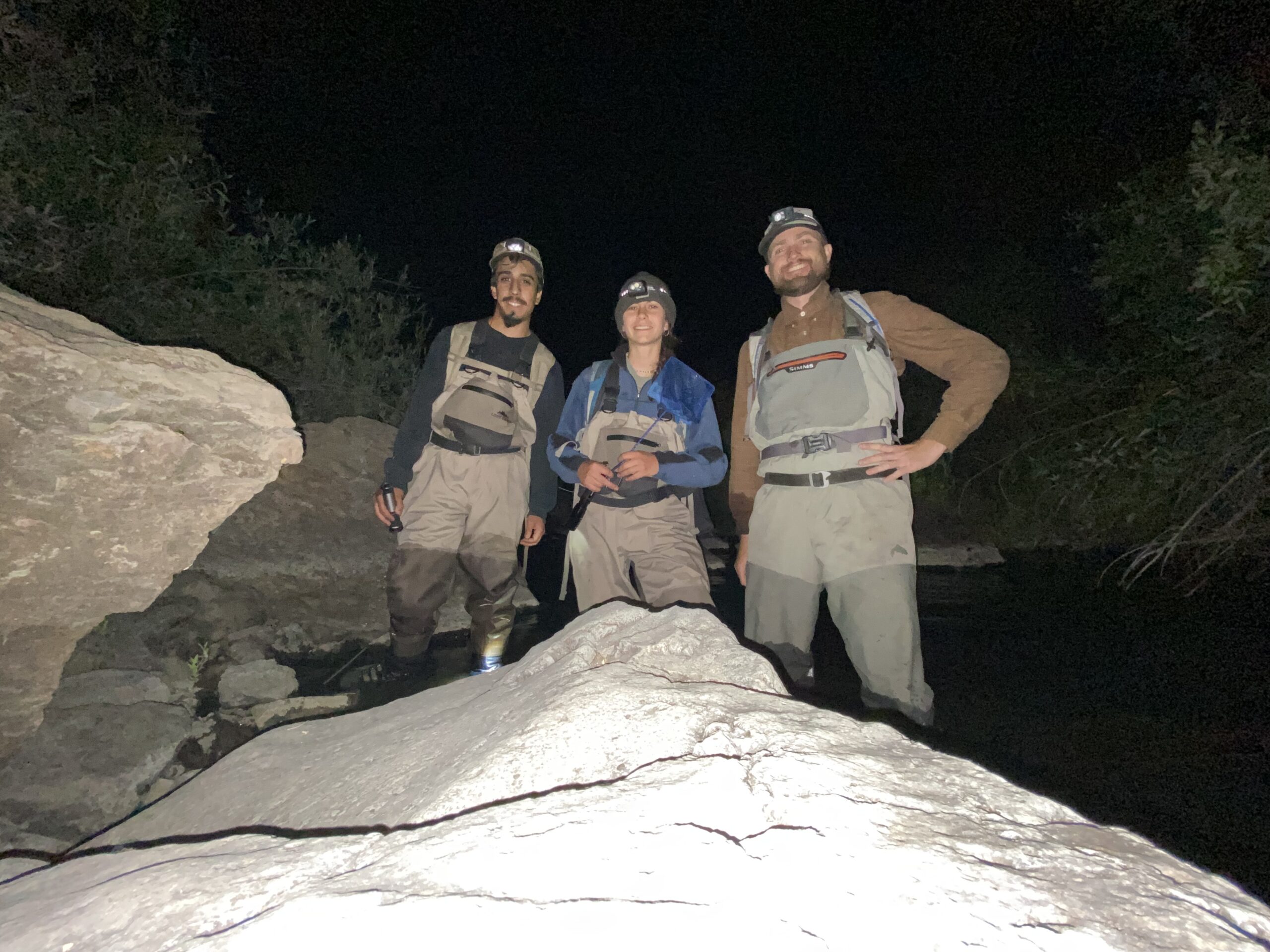
The last two projects the other intern and I have gotten the chance to participate in involved attempting to track tagged fish in Upper Klamath Lake through radio and acoustic telemetry methods via boat and volunteering to help with the Williamson River cleanup. The project on Upper Klamath Lake did not go as planned, as the telemetry equipment/PIT tag equipment malfunctioned in which we did not get the chance to track tagged fish. But the day was not wasted as we got to go around the lake a bit on the boat while seeing tons of suckers swimming in groups near the boat.
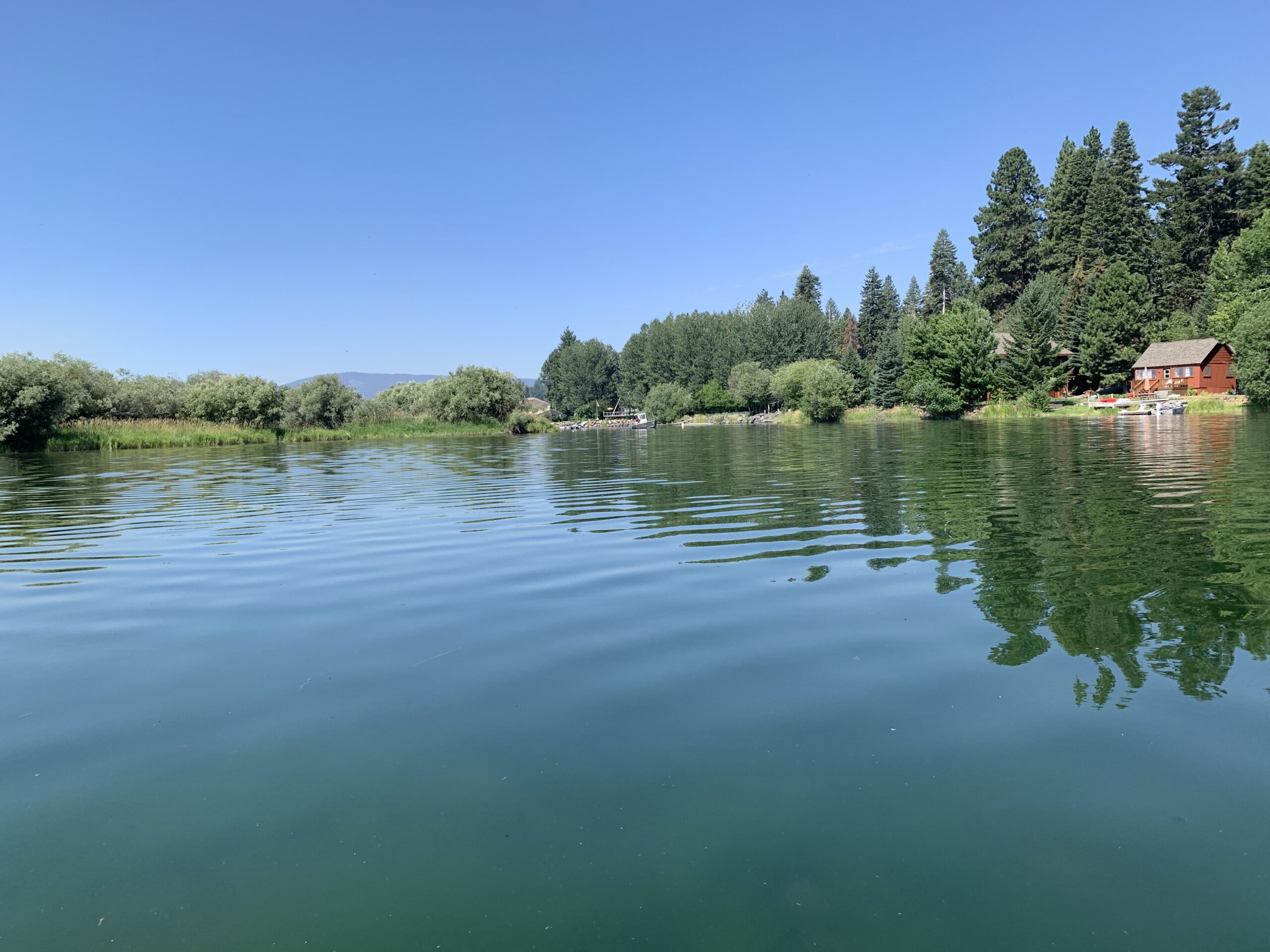

With regards to the Williamson River cleanup, it is a volunteer event that occurs once a year and involves picking up trash, mostly along the banks of the river, via boat. While there was minimal trash to be picked up, it was great in helping ensure that there will be fewer hazards in the water that fish may encounter that could potentially cause them harm.
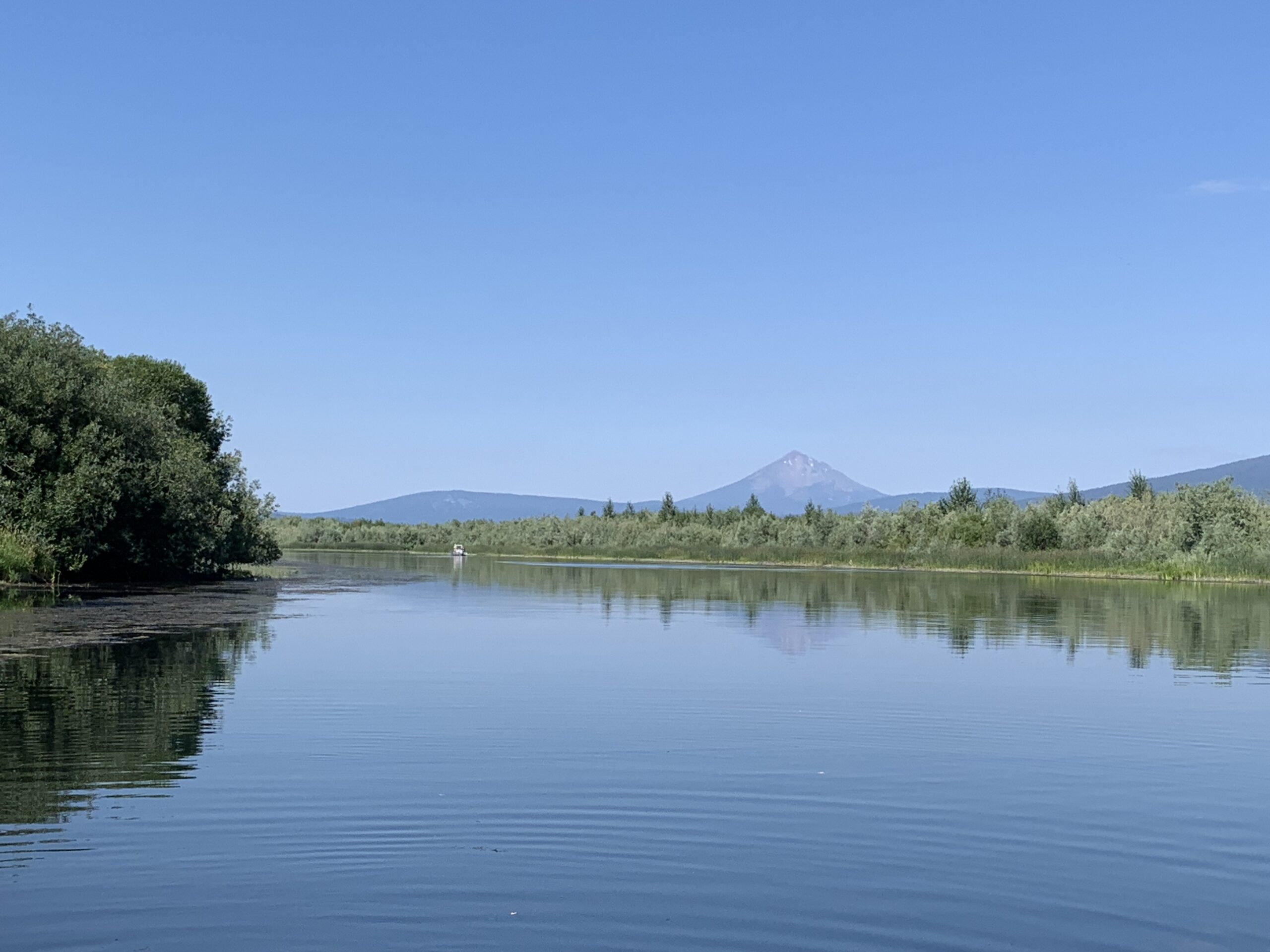

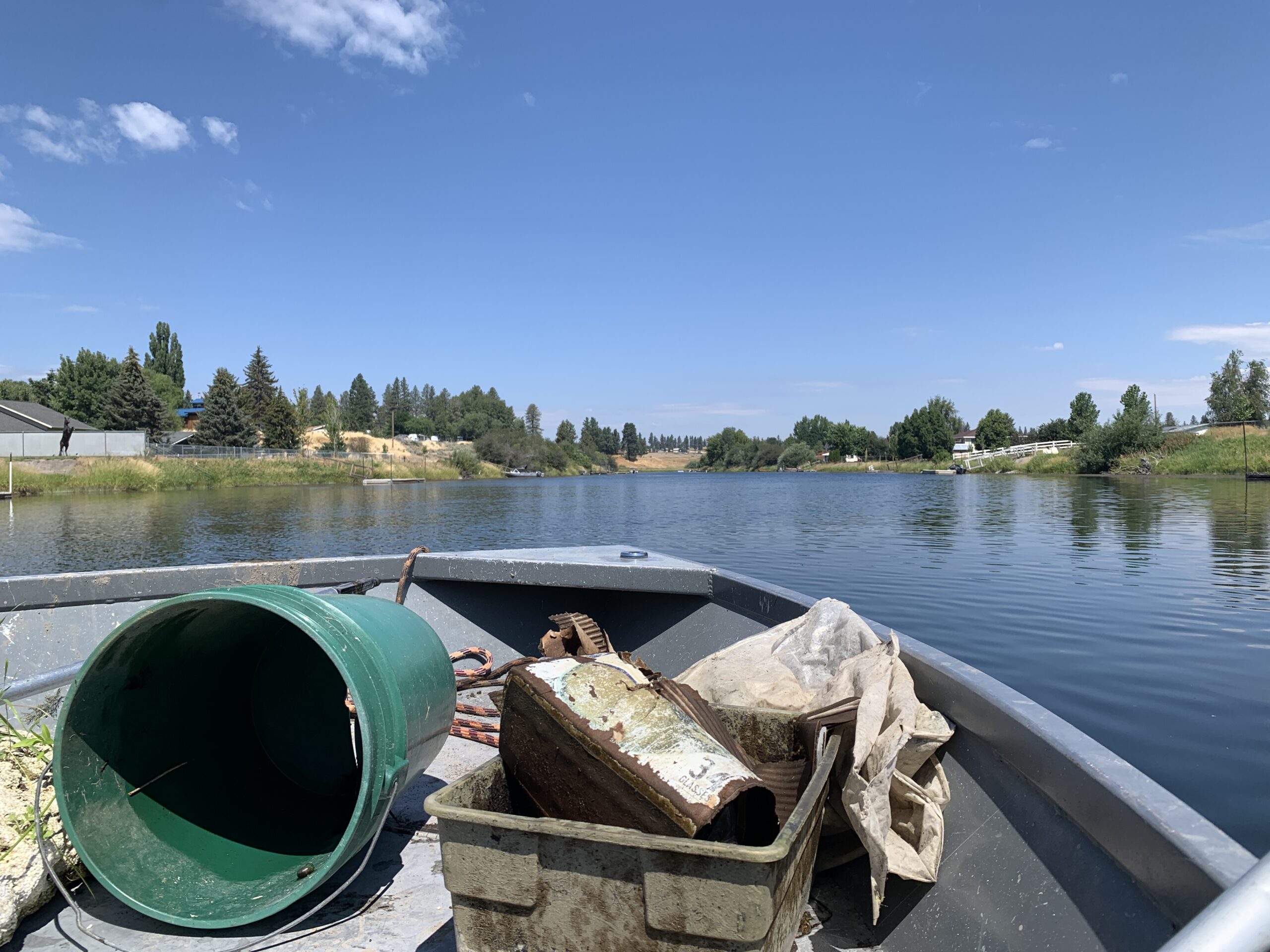

Over the past two and a half months working with the U.S. Fish and Wildlife Service, the various projects have kept the job interesting. Every day is another adventure gaining new skills and getting the chance to see different parts of southern Oregon. I am excited to see what the next couple of months have in store for us interns before our term ends, and I can’t wait to get back out into the field to conduct more field research.

